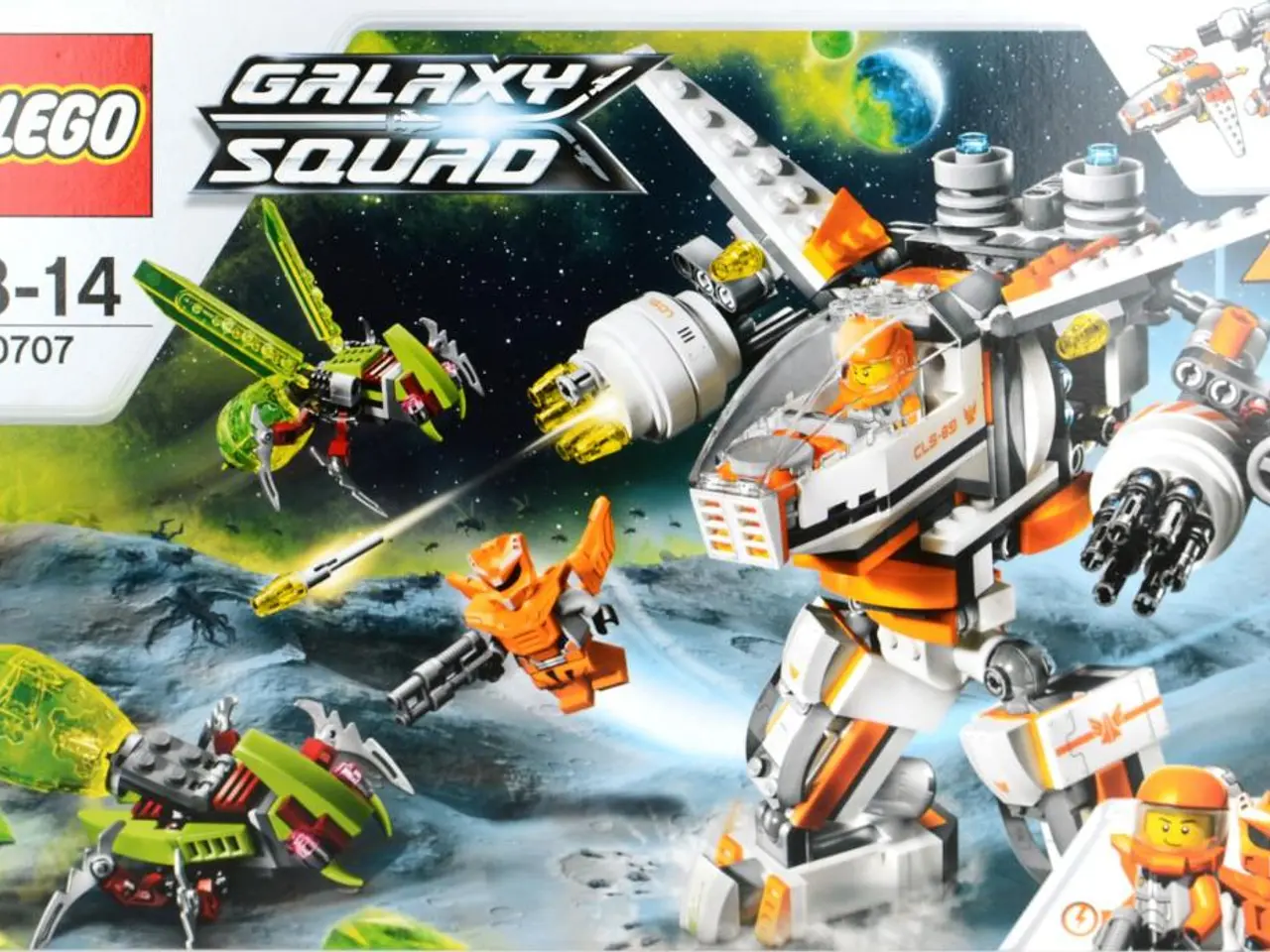Wielders of Power Unveiled
In the world of robotic technology, mid-2025 has seen significant strides in various areas, including humanoid robots, robots for complex industrial tasks, and robots designed for navigating difficult terrains and specific applications such as cleaning and sports.
Humanoid Robots
The World Robot Conference 2025 in Beijing showcased the PM01 humanoid robot by EngineAI, boasting fluid, lifelike motions, autonomous fall recovery, and high-speed running capability. The robot also demonstrated adaptability in complex environments, fluid gait enhanced by advanced algorithms, and everyday interaction abilities like precise sitting and resting motions [1]. Meanwhile, Boston Dynamics' electric Atlas robot now features fully electric actuation with superior strength, flexibility, and machine-learning control, designed to undertake industrial tasks such as heavy material handling in factory settings [2].
Robots for Difficult Terrains
Quadruped robots are being developed for challenging environments. For instance, NEURA Robotics partnered with HD Hyundai to develop specialized quadruped and humanoid robots for demanding shipbuilding environments, which can be analogously applied for traversing difficult terrains [5].
Robots for Skyscraper Window Cleaning
While details about autonomous robots performing cleaning tasks are not explicitly detailed in the latest sources, the technology for advanced navigation and dexterity, as demonstrated by humanoid and mobile robots, suggests that progress is being made in this area [1][3].
Beach Cleaning Robots
The electric beach cleaning robot named BeBot, developed by the Italian robotics firm Niteko for the subsidiary Searial Cleaners of Polaru Marine, a French firm specializing in aluminum marina design, has been deployed by an Ontario NGO, Pollution Probe, on beaches of the Great Lakes [3]. BeBot, launched in 2021, sifts through sand and stores foreign bodies in a 100-liter tank.
Robots Playing Badminton
The Swiss Federal Institute of Technology Zurich developed ANYmal-D, a robot capable of returning 10 shots at different angles and speeds, and has also learned to dance, open doors, and inspect machines in factories and mines [1][3].
Robots Navigating Mud and Melting Snow
Estonian engineers have developed a robot with hooves that improve mobility in mud and melting snow [3].
Future Developments
Despite the advancements, Kawasaki predicts that current technology is not yet ready for safe operation, and commercialization may not occur until the 2040s [3]. Meanwhile, Chinese electric car manufacturer XPeng announced at Osaka that it is working on a robotic pony for children [3].
In the journal Nature, engineers from the École polytechnique fédérale de Lausanne presented Raven, a "bird-inspired robotic vehicle for multiple environments", capable of walking and jumping over trenches and obstacles [3]. At the World Expo in Osaka last spring, Kawasaki presented a robotic horse prototype, Corleo, for rough terrains [3].
Two companies, Verobotics of Israel and Skyline Robotics of the UK, have secured contracts on American skyscrapers for their robots named Ibex and Ozmo, respectively [3]. Ibex and Ozmo move on vertical walls using suction appendages and use artificial intelligence (AI) to plan the cleaning of skyscraper windows.
Overall, the breakthroughs focus strongly on humanoid robots with improved mobility, autonomy, and dexterity, combined with partnerships to target complex industrial and real-world environments, indicating a broader deployment phase for multifunctional robots capable of diverse tasks including navigation on difficult terrains and manipulation in constrained settings [1][2][5]. The robot revolution now includes adaptive autonomous navigation, embodied AI, and cooperative multi-robot systems, which together enable progress toward specialized applications like environmental cleaning and sports robotics [3].
- The electric beach cleaning robot named BeBot, developed by Niteko, a subsidiary of the French firm Polaru Marine specializing in aluminum marina design, showcases a collaboration between French manufacturing and technology.
- Robots in sports have made strides as well, such as the Swiss Federal Institute of Technology Zurich's ANYmal-D that competes in badminton matches, demonstrating advancements in artificial intelligence and engineering of sports robots.




